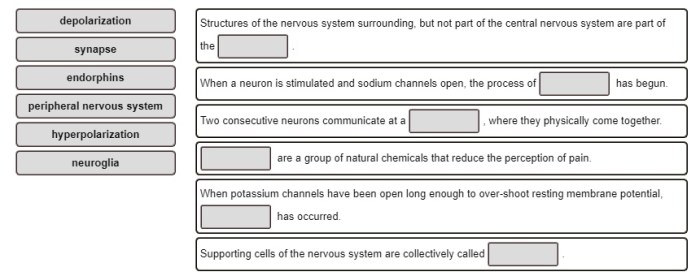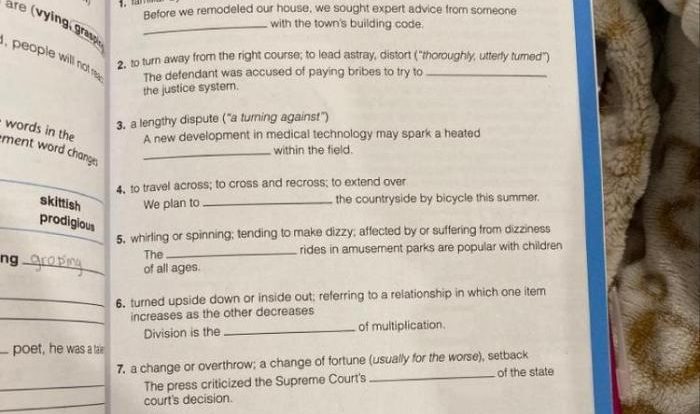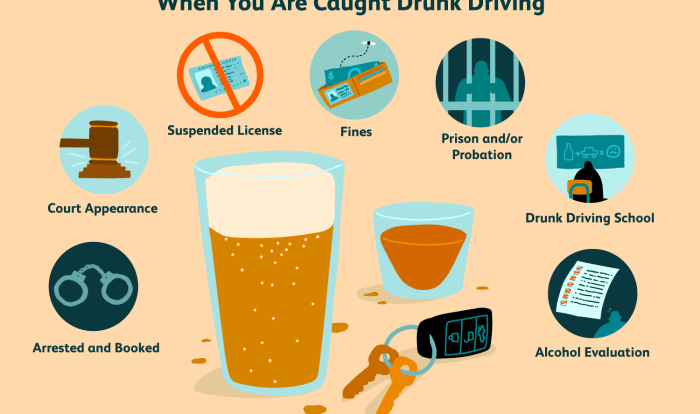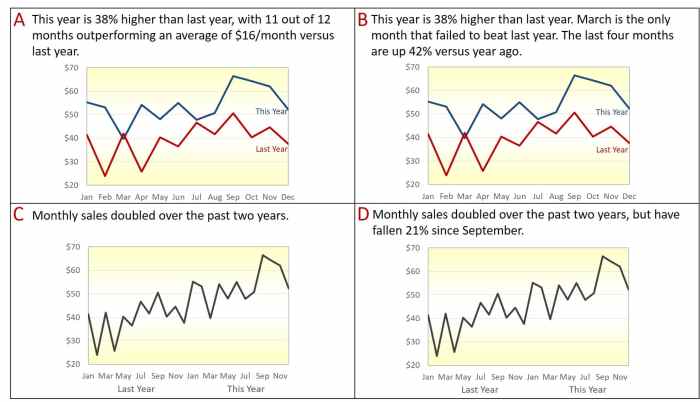Building vocabulary activity the autonomic nervous system delves into the captivating realm of language acquisition and its profound connection to the intricate workings of the human body’s autonomic nervous system. This exploration unveils innovative strategies for expanding vocabulary while simultaneously fostering an understanding of the ANS, paving the way for a holistic approach to education and well-being.
Engaging activities lie at the heart of this endeavor, providing a dynamic and interactive platform for vocabulary growth. Word puzzles, crosswords, and storytelling ignite a passion for language, while flashcards and spaced repetition techniques reinforce learning, ensuring lasting retention. By seamlessly intertwining vocabulary building with ANS awareness exercises, educators and therapists can unlock a wealth of benefits, promoting relaxation, stress reduction, and enhanced cognitive function.
Building Vocabulary: Engaging Activities

Enhancing vocabulary is crucial for effective communication, critical thinking, and academic success. Interactive games and exercises provide engaging methods to expand vocabulary and make learning enjoyable.
Strategies for Building Vocabulary
- Word Puzzles:Crossword puzzles, word searches, and anagrams challenge players to find and manipulate words, promoting vocabulary acquisition and retention.
- Storytelling Activities:Creating and sharing stories encourages students to use a diverse range of vocabulary and develop their imagination.
- Flashcards and Spaced Repetition:Using flashcards with spaced repetition techniques, such as the Leitner system, helps to strengthen vocabulary retention over time.
Understanding the Autonomic Nervous System

The autonomic nervous system (ANS) is a complex network of nerves that regulates involuntary bodily functions, including heart rate, digestion, and breathing. Understanding the ANS is essential for maintaining overall health and well-being.
Structure and Components of the ANS
The ANS consists of two main divisions: the sympathetic and parasympathetic systems. The sympathetic system prepares the body for “fight or flight” responses, while the parasympathetic system promotes “rest and digest” functions.
Key Neurotransmitters, Building vocabulary activity the autonomic nervous system
- Sympathetic Division:Releases norepinephrine and epinephrine, which increase heart rate, blood pressure, and respiration.
- Parasympathetic Division:Releases acetylcholine, which decreases heart rate, blood pressure, and respiration, and stimulates digestion.
Interplay of Vocabulary and the ANS

Emerging research suggests a potential relationship between vocabulary size and ANS regulation. A larger vocabulary may indicate better cognitive function and stress management.
Impact of Stress on Vocabulary Recall and ANS Function
Stress can impair vocabulary recall and disrupt ANS balance. Chronic stress can lead to sympathetic overactivity and parasympathetic underactivity, affecting bodily functions and overall health.
Relaxation Techniques and Mindfulness
Relaxation techniques and mindfulness practices can promote both vocabulary development and ANS regulation. By reducing stress, these practices improve cognitive function, enhance vocabulary recall, and support ANS balance.
Designing Activities to Integrate Vocabulary and ANS
Integrating vocabulary building with ANS awareness exercises can enhance learning and promote overall well-being. Consider incorporating the following activities:
Lesson Plan or Activity Sequence
- Vocabulary-Enhancing Word Games:Engage students in word puzzles, crosswords, or storytelling activities to expand their vocabulary.
- ANS Awareness Exercises:Guide students through relaxation techniques, such as deep breathing or mindfulness meditation, to promote ANS balance.
- Reflection and Discussion:Encourage students to reflect on the connection between vocabulary and ANS regulation and discuss how they can apply this knowledge in their daily lives.
FAQ Guide: Building Vocabulary Activity The Autonomic Nervous System
What are the key benefits of integrating vocabulary building with ANS awareness exercises?
Integrating vocabulary building with ANS awareness exercises offers a range of benefits, including enhanced vocabulary retention, improved stress management, increased relaxation, and boosted cognitive function.
How can educators and therapists implement these activities in their settings?
Educators and therapists can incorporate these activities into their lessons or sessions by designing activities that promote vocabulary expansion while incorporating relaxation techniques and mindfulness practices.
What is the role of relaxation techniques and mindfulness practices in this approach?
Relaxation techniques and mindfulness practices play a crucial role in this approach by reducing stress, which can impair vocabulary recall and ANS function. These practices promote a state of calm and focus, enhancing both vocabulary learning and ANS regulation.



